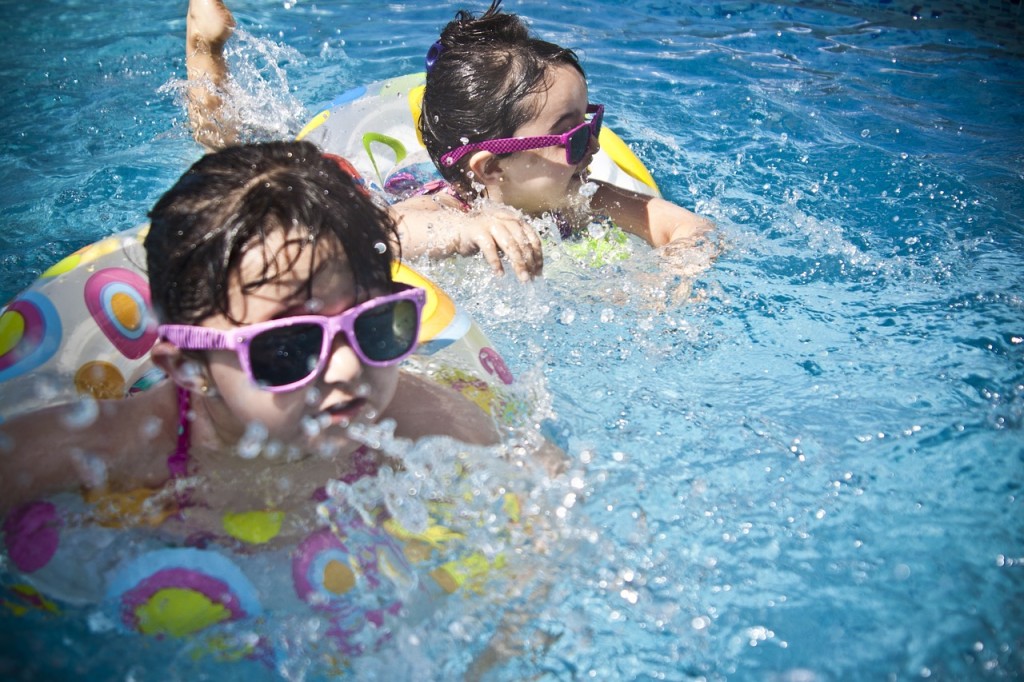 Parents and guardians act as authorities in the life of every being. They possess the natural obligation to make decisions on behalf of their children until they reach the age where the law recognizes them as adults.
Parents and guardians act as authorities in the life of every being. They possess the natural obligation to make decisions on behalf of their children until they reach the age where the law recognizes them as adults.
Making daily life decisions for these kids happens to be a difficult task. However, when it comes to having fun, one can never run out of ideas. For instance, swimming provides a perfect getaway and means of much-needed exercise.
This article explores tips that enhance safe swimming.
Dangers in the water
The water can be as cruel as it can be fun. Drowning is the most common threat in the water. Children drown in the least likely areas such as shallow ends. Even if such cases may not be fatal, there’s always the risk of brain damage.
While water parks allow people to relax and escape the scorching sun, they’re exposed to UV light and require protection from the rays. In extreme cases, dehydration kicks in.
Ever heard of hypothermia? It refers to a condition where the human body loses heat at a faster rate that it can generate it. When in the water, the body cools rapidly. Some of the prevalent symptoms of hypothermia include muscle cramps and shivering.
Water safety standards
Authorities require all swimmers, especially the young ones, to be in possession of approved flotation tubes at all times in the water. Most water safety rules apply at the swimming pool, waterpark and the beach.
Sea tides and waves are maybe too high at times. In such extreme cases, one should always swim with the current and escape back to shore at an angle. Most people panic and swim against the current cutting back to shore directly. Eventually, exhaustion wears them out, putting them at risk of drowning.
Back at home, make sure the pools and ponds are fenced off and covered.
Emergency and safety drills around the swimming area
One of the most important aspects of parenting is supervision. In the pool, parents should always stay as close as they can to their children. Being close means one being within your sight at all times.
Ideally, this distance can be summarized as at arms-length, and it enables one to hold onto the other in case of an emergency.
Also, experts advise guardians to get involved in the activities around the pool. The mere presence makes children confident and content. In any emergency, the parent is naturally the first to intervene or defend.
Take lots of water with your children while at the pool or beach. Also, apply sunscreen and UV protection devices such as clothing and sunglasses.
Last and most importantly, parents should learn first-aid procedures especially CPR. They should also teach their kids such life-saving techniques as they learn swimming.
Swimming tips
These techniques enhance your swimming experience. For instance, one is advised against diving in the shallow end to avoid injuries. Children who participate in swimming lessons are taught to follow water safety rules and commands issued by instructors and lifeguards.
You can even find infant swim lessons for your little ones, but understand the dangers and responsibilities beforehand.
If a friend is drowning, diving in to save them only lands both of you in trouble; instead, throw them a lifeline or reach in for support.
It’s never too late to learn and enjoy swimming. Whether during the holidays and leisure times, take your children out and bond over swimming sessions. Stay safe.
Image from Pixabay
Anica Oaks
Latest posts by Anica Oaks (see all)
- Little Haunts: 5 Creative Costume Ideas for Children - September 28, 2016
- Pantry Pro: Food Preservation Tips for Beginners - August 31, 2016
- How a Dry Environment Can Influence Your Health - June 24, 2016



